Filter by
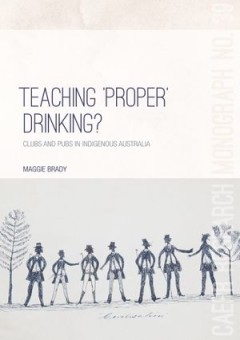
Teaching ‘Proper’ Drinking? Clubs and pubs in Indigenous Australia
"In Teaching ‘Proper’ Drinking?, the author brings together three fields of scholarship: socio-historical studies of alcohol, Australian Indigenous policy history and social enterprise studies. The case studies in the book offer the first detailed surveys of efforts to teach responsible drinking practices to Aboriginal people by installing canteens in remote communities, and of the purchase…
- Edition
- -
- ISBN/ISSN
- 9781760461577
- Collation
- -
- Series Title
- -
- Call Number
- -
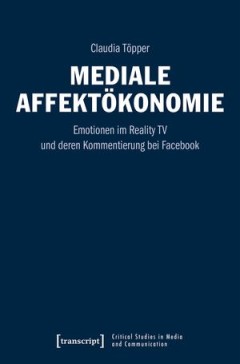
Mediale Affektökonomie Emotionen im Reality TV und deren Kommentierung bei …
Wie werden in Reality TV-Formaten ausgehandelte Regeln des emotionalen Ausdrucks und deren Inszenierung auf Facebook bewertet? Welche unterschiedlichen Orientierungen in Bezug auf andere Körper entstehen dabei? Wie werden dadurch Zugehörigkeitsgefühle erzeugt oder Ausschlüsse vorgenommen? Mit dem Konzept der medialen Affektökonomie beschreibt Claudia Töpper, wie Emotionen in digitalen ver…
- Edition
- -
- ISBN/ISSN
- 9783839457023
- Collation
- -
- Series Title
- -
- Call Number
- -
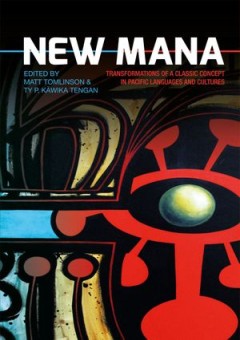
New Mana: Transformations of a Classic Concept in Pacific Languages and Cultures
Mana’, a term denoting spiritual power, is found in many Pacific Islands languages. In recent decades, the term has been taken up in New Age movements and online fantasy gaming. In this book, 16 contributors examine mana through ethnographic, linguistic, and historical lenses to understand its transformations in past and present. The authors consider a range of contexts including Indigenous s…
- Edition
- -
- ISBN/ISSN
- 9781760460075
- Collation
- -
- Series Title
- -
- Call Number
- 400 TEN n
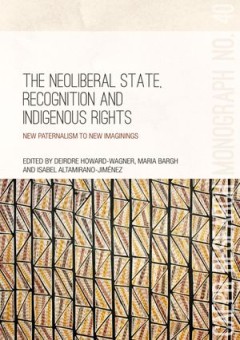
The Neoliberal State, Recognition and Indigenous Rights: New paternalism to n…
The impact of neoliberal governance on indigenous peoples in liberal settler states may be both enabling and constraining. This book is distinctive in drawing comparisons between three such states—Australia, Canada and New Zealand. In a series of empirically grounded, interpretive micro-studies, it draws out a shared policy coherence, but also exposes idiosyncrasies in the operational dynamic…
- Edition
- -
- ISBN/ISSN
- -
- Collation
- -
- Series Title
- -
- Call Number
- 994 NEO n
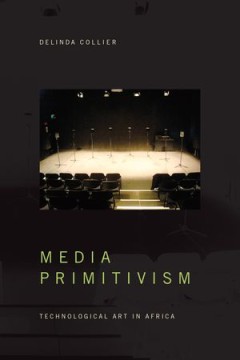
Media Primitivism Technological Art in Africa
In Media Primitivism Delinda Collier provides a sweeping new understanding of technological media in African art, rethinking the assumptions that have conceptualized African art as unmediated, primary, and natural. Collier responds to these preoccupations by exploring African artworks that challenge these narratives. From one of the first works of electronic music, Halim El-Dabh’s Ta’abir A…
- Edition
- -
- ISBN/ISSN
- 9781478090434
- Collation
- -
- Series Title
- -
- Call Number
- -
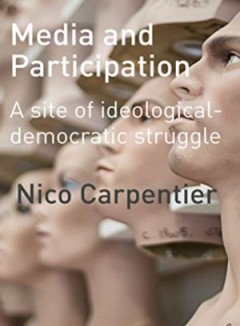
Media and Participation A site of ideological-democratic struggle
Participation has become fashionable again, but at the same time it has always played a crucial role in our contemporary societies, and it has been omnipresent in a surprisingly large number of societal fields. In the case of the media sphere, the present-day media conjuncture is now considered to be the most participatory ever, but media participation has had a long and intense history. To dea…
- Edition
- -
- ISBN/ISSN
- 9781841504070
- Collation
- -
- Series Title
- -
- Call Number
- -

Europe's Lost Frontiers; Volume 1: Context and Methodology
First published in 1995. Routledge is an imprint of Taylor & Francis, an informa company.
- Edition
- -
- ISBN/ISSN
- 9781803272696
- Collation
- -
- Series Title
- -
- Call Number
- T 372.89 GAF e
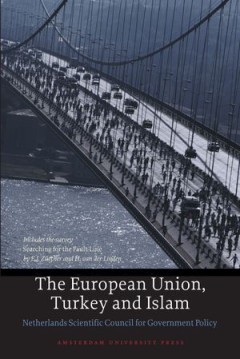
The European Union, Turkey and Islam
Does the fact that the majority of Turkey's population is Muslim form a hindrance to its EU membership? According to a recent policy advice by the Netherlands Scientific Council for Government Policy (WRR), the answer is an adamant 'no'.
- Edition
- -
- ISBN/ISSN
- 9789053567128
- Collation
- -
- Series Title
- -
- Call Number
- T 372.89 REG e
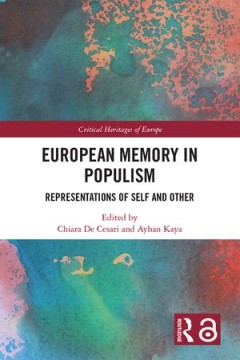
European Memory in Populism; Representations of Self and Other
European Memory in Populism explores the links between memory and populism in contemporary Europe.
- Edition
- -
- ISBN/ISSN
- 0429846843, 9780429846847
- Collation
- -
- Series Title
- -
- Call Number
- T 372.89 CES e

European Heritage, Dialogue and Digital Practices
European Heritage, Dialogue and Digital Practices focuses on the intersection of heritage, dialogue and digital culture in the context of Europe.
- Edition
- -
- ISBN/ISSN
- 9780367148065
- Collation
- -
- Series Title
- -
- Call Number
- T 372.891 GAL e
 Computer Science, Information & General Works
Computer Science, Information & General Works  Philosophy & Psychology
Philosophy & Psychology  Religion
Religion  Social Sciences
Social Sciences  Language
Language  Pure Science
Pure Science  Applied Sciences
Applied Sciences  Art & Recreation
Art & Recreation  Literature
Literature  History & Geography
History & Geography